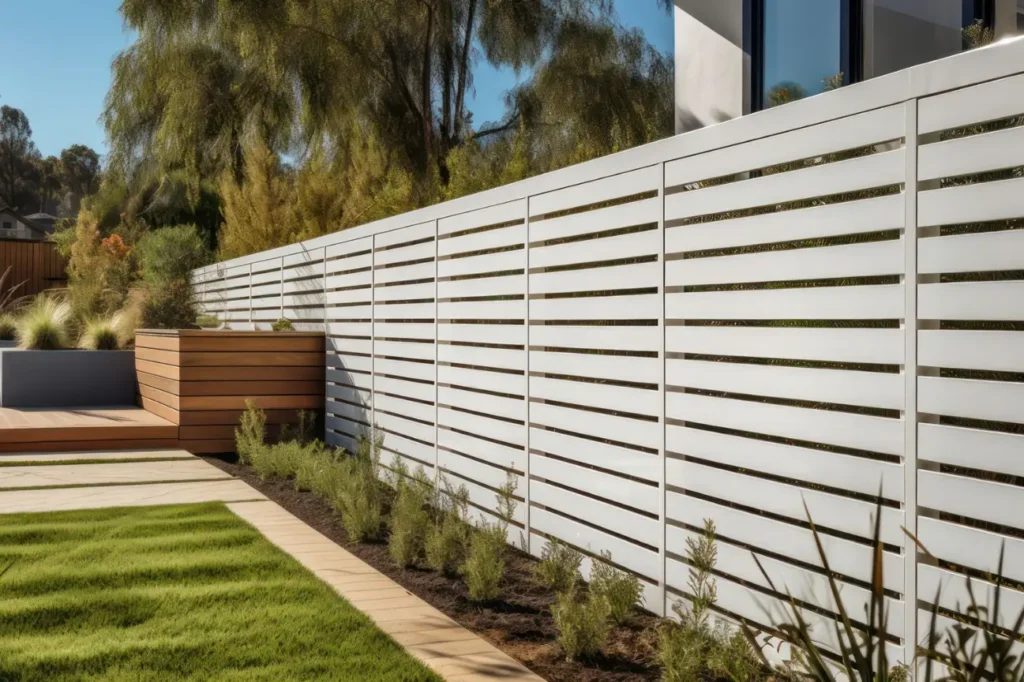Editorial Guidelines

At Fencing taupo, our mission is to deliver clear, trustworthy, and professional content for homeowners, developers, contractors, and property managers throughout the Taupo region. Whether we are explaining the process of timber fence installation, comparing materials like Colorbond versus wood, or outlining the regulations for pool fencing, every piece of content reflects our core values: clarity, expertise, professionalism, and trust.
These editorial guidelines are designed to guide our in-house writers, digital partners, and third-party contributors in producing high-quality content that aligns with the tone, purpose, and technical integrity of Fencing taupo.
1. Accuracy and Trustworthiness
All content published under the Fencing taupo brand must be factual, current, and based on real-world fencing and construction experience.
- Technical Precision: Ensure all explanations about timber fencing, pool safety fencing, Colorbond panels, and custom designs follow industry standards in New Zealand.
- Verified Sources: When citing data, use reputable references such as the NZ Building Code, Taupo District Council guidelines, or established suppliers.
- Citations: Any statistic or regulation mentioned should be credited to a reliable, traceable source.
2. Brand Voice and Tone
The voice of Fencing taupo is professional yet approachable, aiming to make technical information understandable for every reader.
- Authoritative but Simple: Speak with expertise while avoiding unnecessary jargon.
- Helpful and Encouraging: Empower readers to make informed decisions about their fencing projects.
- Clear Definitions: When using terms like “post anchoring,” “Colorbond,” or “boundary fencing,” define them simply for the general audience.
3. Formatting and Readability
Our content should be easy to follow, visually structured, and accessible.
- Use H1 for main titles, H2 for sections, and H3 for subtopics.
- Keep paragraphs short and concise (2–4 sentences).
- Use bullet points, numbered lists, and bold highlights to emphasize important takeaways.
- Always include direct calls to action such as: “Contact Fencing taupo today to discuss your project.”
4. SEO and Discoverability
Search engine optimization ensures that people searching for fencing services in Taupo can easily find us.
- Keyword Integration: Use natural language to incorporate relevant phrases like “timber fencing Taupo,” “fence repairs,” and “custom fence design.”
- Meta Descriptions: Write engaging summaries for every article that include focus keywords and encourage clicks.
- Internal Linking: Connect to related service pages, FAQs, or the contact form to support navigation and SEO.
5. Originality and Integrity
Content must always be unique, authentic, and written to reflect the expertise of Fencing taupo.
- No Plagiarism: Avoid copying competitors or relying on filler text.
- Proper Credit: Attribute third-party images, tools, or references.
- Human Oversight: While AI tools may support drafting, every article must be reviewed, edited, and approved by a qualified editor.
6. Media and Visual Standards
Visual content enhances user understanding and must accurately support the text.
- Prefer real photos from Fencing taupo projects whenever possible.
- Use high-resolution, mobile-optimized images.
- Include descriptive alt text for accessibility and SEO purposes.
7. Core Content Categories
Content produced for Fencing taupo should focus on the following areas:
- Planning Guides: How to choose fencing materials and prepare for installation.
- Installation Overviews: Step-by-step breakdowns of fencing projects.
- Maintenance Advice: Seasonal tips to protect timber, steel, and pool fencing.
- Project Spotlights: Case studies showing before-and-after results with client testimonials.
- Compliance: Insights into local regulations for boundary and pool fencing.
- Cost Guides: Transparent information about budgeting, materials, and pricing factors.
8. Editorial Workflow
To maintain consistent quality, all content follows a clear publishing process:
- Initial Review: Drafts are checked for tone, accuracy, and relevance.
- Editing Stage: Adjustments are made for clarity, SEO performance, and engagement.
- Final Approval: Senior editors ensure content meets brand standards.
- Periodic Review: Articles are re-evaluated every 6–12 months for continued accuracy.
9. Accessibility and Inclusivity
Fencing taupo is committed to ensuring content is inclusive and accessible to everyone.
- Inclusive Language: Avoid stereotypes or exclusionary terms.
- Accessibility Features: Write for clarity and structure content to support screen readers.
- Transparency: Clearly disclose sponsored or affiliate material where applicable.
10. Content Longevity and Updates
We aim to create resources that remain useful well beyond their initial publication.
- Review Cycle: All guides and articles are revisited at least once per year.
- Timely Updates: Inaccuracies are corrected as soon as they are discovered.
- Evergreen Focus: Priority is given to topics that retain long-term relevance, with revisions made when standards or regulations change.
Want to Contribute?
Do you have experience in fencing, construction planning, or property development? Fencing taupo welcomes contributions that align with our mission to educate, inform, and empower property owners across the Taupo region.
📧 Send your pitch or article idea to: info@fencingtaupo.co.nz
To connect with our editorial team or learn more about guidelines, please visit our Contact Us page.
Help us build Fencing taupo into a trusted resource for fencing knowledge, combining practical insights with professional expertise.



